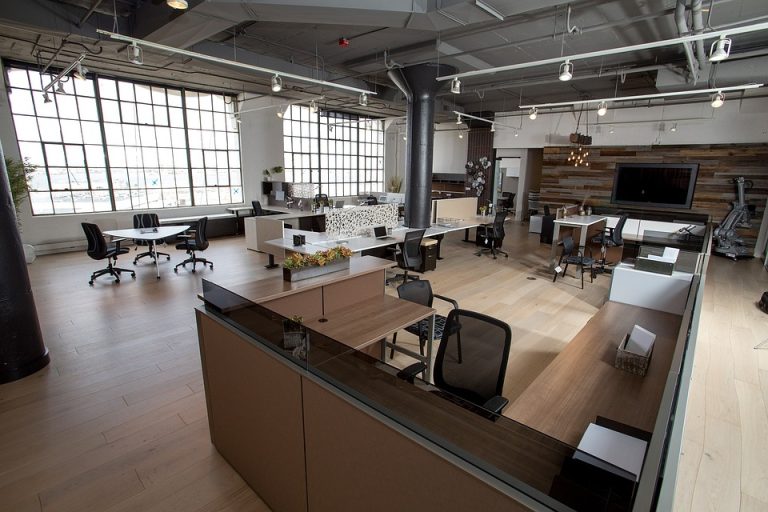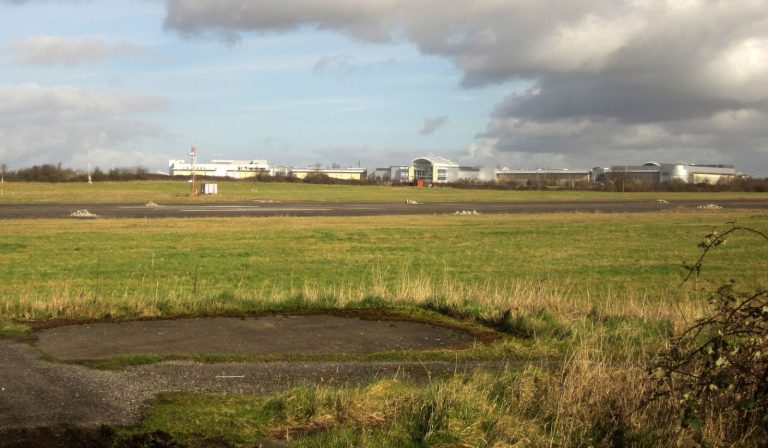Everyone knows the basics: hard hat, high vis, steel-toed boots. You can’t step foot in a building site without them. Construction can be a dangerous business after all, and the rules and regulations surrounding this gear exist for a reason. But what about more specialised equipment? Whether you’re working with a drill, with chemicals or sanding down a dozen wooden beams, there is more that you can do; both for yourself and for any employees. The ideal personal protective equipment is all about caution. It’s about prevention and common sense – so employ both and shop around. Here are five pieces of kit you should always have on hand, no matter the size or scale of your job. 1. Ears: Buds, Plugs and Headsets Nothing says construction like a drill and hard concrete, and while most of us are smart enough to wear ear gear when up close and personal, we often underestimate other activities around a building site. The whir of the concrete mixer, the slam of hammer on nail. Your ears go through a lot every day, so you should do your best to cushion the blow for all at hand. Protection in this case is about fitting the bud to the business, so to speak. There are numerous types of ear gear, each scaling in severity, from simple plugs to full-on industrial headsets for the heaviest of work. Make no mistake, hearing is important – both you and your workers need to be able to make their way around a site aware of any danger – but a little extra safety goes a long way. If you’re worried about price at this point, don’t be. Manufacturers are quick to offer bulk discounts, especially so if you’re working a large project. The Engelbert-Strauss website lists multiple headsets that come in batches of ten or fifteen, for example, lowering the cost of individual units significantly across their equipment. 2. Gloves to a Perfect Fit Delicate work requires steady hands, so it’s generally best practice to keep those fingers safe. Be it plumbing, electrics or full on labour, gloves can keep your digits clean at worst and save them from a nasty injury at best, and there’s plenty to choose from to boot. Nitrile and or latex gloves are a great choice for any chemical business, preventing staining of the skin and potential acid burns in some cases. Winter gloves keep the extremities warm in the colder months, and are especially useful all year round in specialised environments like large-scale freezers. Remember: mistakes are far more likely to happen if your hands get numb. Prolonged exposure to cold is dangerous in and of itself. Leather or general construction-wear gloves are your best bet for more of an all-purpose fit. Just be sure they’re up to the task and that you go for quality first over anything else. Cutting corners might be part of a woodworking job, but when it comes to gear the extra money for specific, high-quality protection is always more than worth it. 3. Eye and Face Visors Better safe than sorry is a mantra to live by in construction. That extra rail or harness buckle could save a life, so why not save eyes while you’re at it? Clear, clean vision is extremely important for everyone working on a site, and while simple eyeglasses can help they’re not always enough. Gases, sprays and residue can get around and they’re not much good against heftier risks. Proper protection means sealed goggles or total head coverage, with a hard hat on top or as part of the product. Almost all eye injuries are preventable if the right gear is being used – so while Gucci summer shades are certainly stylish, consider a more practical option for yourself and your workers next time around. 4. First Aid – the Second Line of Defence The gear on this list is vital to keeping workers safe, but sometimes things can inevitably take a turn for the worse no matter how careful everyone is. In cases like these, a quality first aid kit within arm’s reach can save lives, limbs and a whole lot of trouble. There are numerous types and sizes available for purchase, but when it comes to industrial work you’re going to want to scale up as much as you can. Alternatively, have multiple kits dotted all around site for easier access. Bandages, plasters, antiseptic – you name it, you’ll find it inside. Small incidents like minor cuts or insect stings can be cleaned up without a fuss and in more threatening situations the equipment inside can keep things steady until the professionals arrive. 5. Mouth and Nose Respirators Sawdust, chemical offshoots, glue, asbestos, paint. The industrial materials that go into a site build or demolition are endless and impressive, but they’re not always kind to the human lung. A mouth and nose respirator can help you there. With smaller models for the front of the face to full head coverage (doubling as eye protection, handily enough), they make sure the air you breath is as clean as can be. Like with ear gear, it’s hard to strike a balance between the need for free communication and total safety on sight here. Smothering our hearing, our eyes and our mouths is all well and good, but what about in an emergency? Conclusion At the end of the day, you’ll just have to find the right model for you. Lightweight, heavyweight, big or small. Don’t try and fit a round peg in a square hole and don’t employ gear like this without need. Having it on hand is vital – as much as a JCB digger or a concrete mixer. Their individual models and diggers are unique to their roles, too, just as safety gear should be. Everyone’s there to do their job, and your part in ensuring adequate protection is on a roll.







